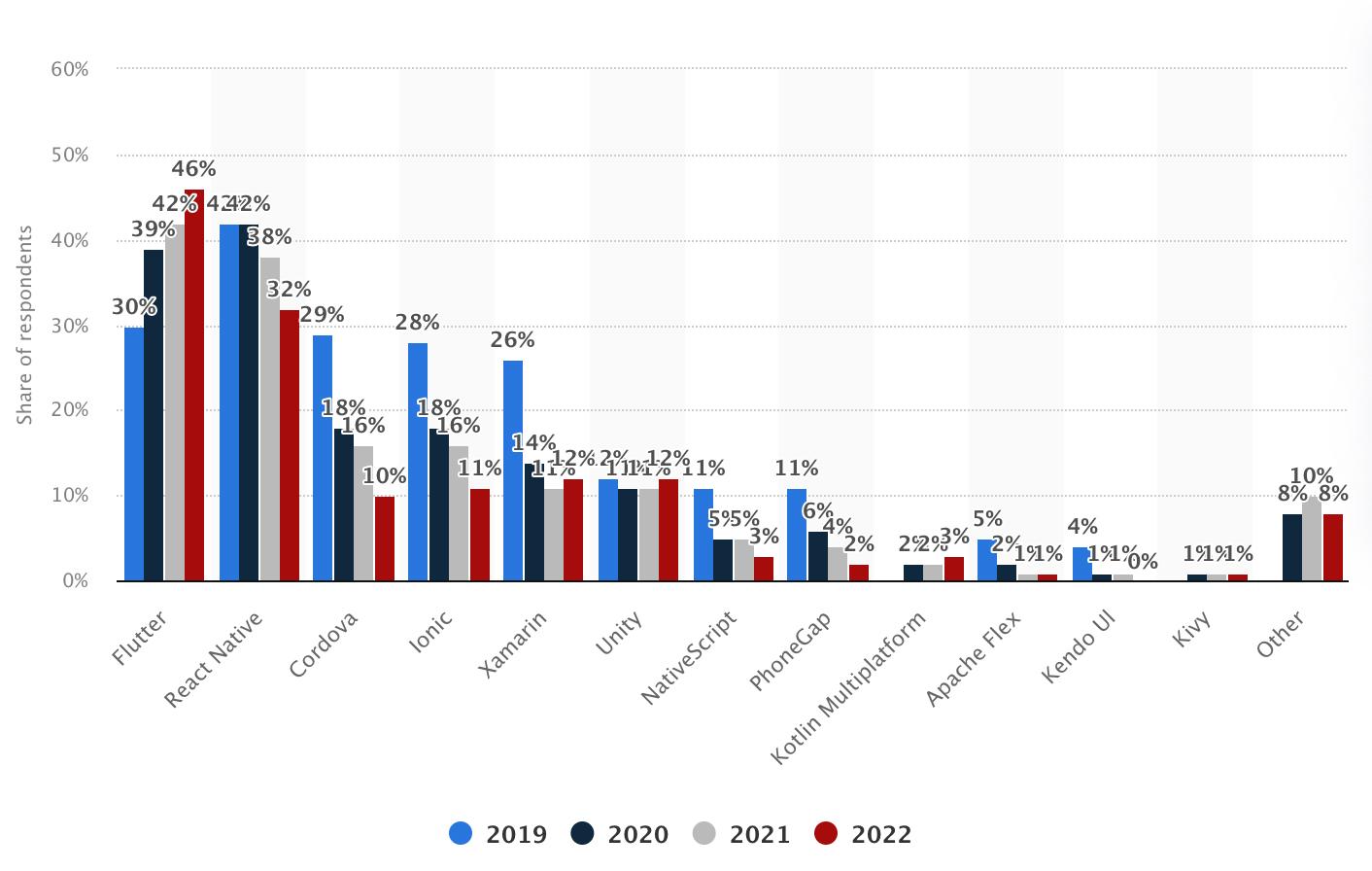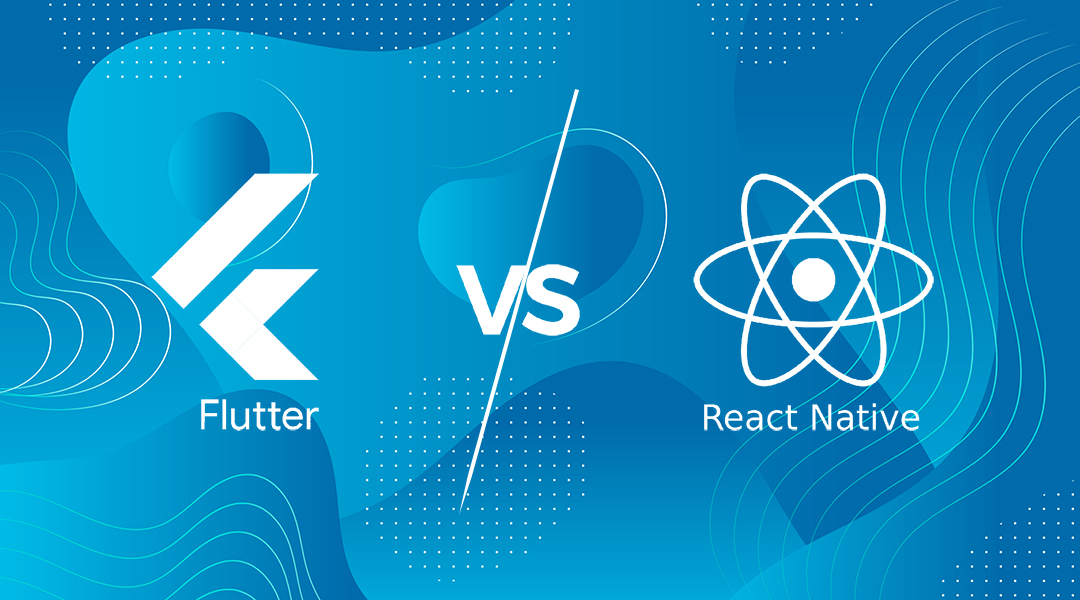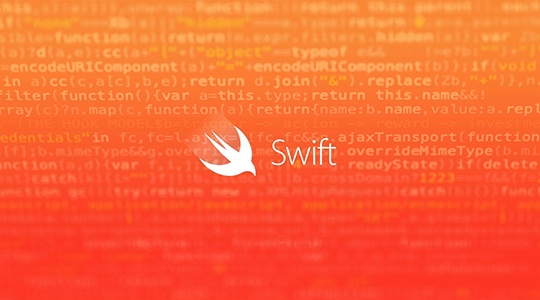The rapid evolution of Flutter since its inception in 2017 by Google has significantly impacted the mobile app development sector. As a UI software development toolkit, Flutter facilitates the creation of natively compiled mobile, web, and desktop applications from a single codebase. Its distinct advantage lies in the speedy development process, high performance, and expressive UI, making it a developer's go-to choice.
Entering 2024, several trends are shaping Flutter app development, reflecting not only the growing maturity of this toolkit but also the evolving expectations of any software development company and end-users. As businesses seek to deliver more engaging user experiences with less time and resources, the role of Flutter is becoming pivotal.
This piece explores the current trends in Flutter app development, the factors contributing to its rising popularity, and what the future holds for Flutter in the increasingly competitive app development market.
Tracing Flutter's Evolutionary Pathway
The journey of Flutter started in 2017 when Google unveiled it. Since then, a burgeoning community and steady advancements have characterized its ascension. With time, Flutter's features grew beyond mobile to web and desktop apps, demonstrating a robust and adaptable framework for cross-platform development projects.
Origin and Early Growth
Flutter's inception traces back to 2015 when it was unveiled at the Dart developer summit under the name "Sky," operating on the Android system with the ambitious goal of rendering at a consistent 120 frames per second. By this time, Google positioned Flutter as a new Software Development Kit (SDK) founded on the Dart language, signaling its intent for Flutter to become the subsequent platform for Android development.
The transition from "Sky" to Flutter wasn't without hurdles, including legal battles, eventually leading to its renaming. Along this journey, technological advancements were instrumental, propelling Flutter closer to becoming a premier mobile app development platform. Over a few years, the consistent evolution of Flutter marked its standing as a leading open-source technology, igniting discussions around native versus cross-platform app development and establishing its prominence in the mobile app development sector.
Through a blend of legal navigations, technological innovations, and growing community support, Flutter transitioned from a budding framework to a reputable platform for cross-platform app development, encompassing mobile, web, as well as desktop applications. This trajectory reflects a determined and adaptive approach to navigating the competitive terrain of app technologies.
Milestones in Flutter Technology
Release of the first commercial Flutter app (2017). The initial significant milestone in Flutter's timeline was the creation of its first commercial application, the Hamilton app, developed by the Very Good Ventures team during their time at Posse. This event marked a critical turning point, demonstrating Flutter's potential for swiftly developing apps across Android and iOS platforms within three months.
Flutter's first stable release (December 2018). The release of Flutter 1.0 marked its readiness for production-level application development for Android and iOS platforms. This release was announced on December 4, 2018, during the Flutter Live '18 conference, highlighting Flutter's capability for true multi-platform development.
Mainstream breakthroughs (2019). In 2019, significant strides were made with the debut of the New York Times KENKEN app during the Google I/O conference and the unveiling of Flutter 1.12 at the Flutter Interact conference. These advancements underscored improved support for advanced features across iOS and Apple platforms and beta releases for web and macOS, expanding Flutter's reach beyond mobile applications.
Advancements in 2020 and 2021. The years 2020 and 2021 witnessed further evolution with releases like Flutter 1.17, which enhanced program performance and memory use, and Flutter 2, which marked a deepened commitment to true multi-platform development. Flutter 2, announced during the Flutter Engage event in March 2021, extended support to six platforms: iOS, Android, web, macOS, Windows, and Linux.
Thus, the milestones described above reflect a steady growth and innovation trajectory, underlining Flutter's mission to provide a robust, flexible framework for cross-platform app development. Through regular updates and community engagement, Flutter has continually enhanced its value proposition to developers and businesses.
Quantifying Flutter's Adoption in App Development
Since its launch, Flutter's adoption has increased dramatically, making cross-platform development easier and eliminating the need for separate codebases for iOS and Android. Its expanding footprint is indicated by the community's growth and the increase in job posts needing Flutter knowledge. With every release, Flutter gets closer to bridging the gap between cross-platform and native app development, winning over more and more fans within the developer community.
Year-over-Year Growth Statistics
Flutter's traction in the developer community is on an upward trajectory. A survey from 2022 indicated that 46% of developers opted for Flutter, making it the most popular cross-platform mobile framework. The growth is also reflected in the rising number of developers adopting Flutter.
Cross-platform mobile frameworks used by software developers worldwide from 2019 to 2022

As of 2023, over 2m developers have embraced this framework, indicating a substantial increase in its developer community.
In 2021, Flutter outpaced React Native, becoming the most used cross-platform framework. This shift underscores a notable preference in the developer community, illustrating Flutter's growing acceptance and reliability for cross-platform app development. Moreover, a distinct growth was observed in March, where Flutter saw a 10% month-over-month growth, with nearly 10,000 new Flutter apps uploaded on Google Play within that month.
Today the percentage of mobile cross-platform developers utilizing Flutter technology through each software development life cycle is escalating, particularly with the advent of Flutter 3. These statistics show that Flutter's adoption is growing year-over-year, marking its significance and expanding its footprint in the app development arena.
Sector-wise Adoption of Flutter
| Sector | Flutter Adoption |
| Healthcare | The healthcare sector harnesses Flutter to enhance patient engagement through telemedicine apps, manage medical records, and provide easy access to health information. |
| Finance | Financial institutions leverage Flutter to create secure and user-friendly mobile banking apps, investment platforms, and payment gateways, streamlining financial services. |
| E-commerce | E-commerce entities utilize Flutter for visually appealing, feature-rich shopping apps with seamless navigation, real-time inventory updates, and personalized shopping experiences. |
| Entertainment | Flutter drives engaging user experiences in the entertainment sector, powering streaming platforms, gaming apps, and media-sharing applications. |
| Tech and cloud services | AWS Amplify simplifies the integration of AWS services into Flutter applications across multiple platforms. Amazon's support signifies the tech sector's inclination toward Flutter for developing multi-platform apps. |
| Animation and design | Rive demonstrates the framework's influence in the design industry by revolutionizing the way developers integrate animations into Flutter apps. |
| Back-end development | Serverpod, a scalable app server built with Dart, and tools like Dart Frog indicate the extension of Flutter into back-end development, enriching the ecosystem further. |
| Retail and food services | The retail and food service industries are best represented by Wolt, whose Flutter-built app allows orders and deliveries in many countries. |
Each sector leverages Flutter's capabilities to address unique challenges, demonstrating its versatility and efficacy in enhancing operational efficiencies and user experiences.
Unveiling the Factors Behind Flutter's Ascension in 2024
Flutter is leading the mobile development space, and this isn't by chance as we approach 2024. The outcome is a calculated combination of many underlying principles. A number of factors, including improved performance, a growing community, and the possibility of shorter development times, have contributed to its increasing prominence. The forces for Flutter's ascent in 2024 are revealed in this section.
Performance Advancements
Flutter's performance improvements will continue to be a major driving force behind its growth in 2024. Its primary benefit is that it can produce high-performing apps from a single codebase for a variety of platforms. Flutter can achieve excellent runtime performance because of the Dart language's strong type and Ahead-of-Time (AOT) compilation, which is essential for improved user experiences and faster reaction times.
Furthermore, by removing null reference exceptions — a frequent cause of app crashes — the addition of null safety to Dart has further improved efficiency. Thus, stronger and more error-free programs are produced. Additionally, Flutter's speed is greatly influenced by its widget-based design. High speed is achieved even in graphically demanding applications because of the fine-grained control over rendering and the ability to compile to native ARM code directly.
Better speed and reduced resource use are also a result of Flutter's rendering engine's ongoing development and the optimization of its Skia graphics library. Flutter is a very effective framework for creating slick, high-performance apps that run smoothly on various devices because of the frequent upgrades and improvements made to lower jank and speed up rendering.
Community and Support Ecosystem
The robust community and support ecosystem surrounding Flutter significantly amplifies its appeal, offering a conducive environment for exploration, collaboration, and continual learning.
Community engagement. Flutter has cultivated a vibrant community that actively shares knowledge, problem-solves, and contributes to the framework's evolution. This collective engagement fosters a supportive ecosystem for developers at all levels.
Documentation and resources. Flutter's extensive documentation, tutorials, and resources offer a solid foundation for novice and experienced developers to learn and grow. The availability of a wide range of learning resources accelerates the onboarding process and problem resolution.
Plugin support. A robust suite of plugins, contributed by the community and the Flutter team, facilitates seamless integration of various functionalities and third-party services, enriching the development experience.
Developer forums and channels. Platforms like Stack Overflow, GitHub, and the Flutter Community Slack channel provide forums for developers to discuss challenges, share solutions, and stay updated on the latest developments.
Regular updates and releases. The regular release cycle of Flutter ensures that the framework stays updated with the latest technologies and industry standards, which, in turn, aids in addressing emerging challenges and meeting evolving developer needs.
Flutter events and meetups. Events like Flutter Engage, local meetups, and global Flutter communities foster networking, knowledge exchange, and collaboration among developers, further nurturing the community and promoting a continuous learning and improvement culture.
Open-source contribution. The open-source nature of Flutter encourages developers to contribute to the framework's codebase, report issues, and suggest improvements, thus driving the continuous enhancement of Flutter.
Through these facets, the community and support ecosystem significantly contribute to Flutter's ongoing popularity and adoption, making it a favorable choice for developers aiming for efficient and innovative app development.

Spotlight on Emerging Flutter Development Paradigms
Focusing on new development paradigms, Flutter is guiding the mobile app development space toward more efficiency, inclusivity, and innovation as it moves through 2024. These paradigms demonstrate how flexible and forward-thinking Flutter is in meeting the changing needs of the user experience and technology.
Widget-based Development
One of the main characteristics of Flutter's design approach is its widget-centric architecture. The fundamental components of an application are its widgets, which encompass its user interface and behavior. This innovative method encourages a declarative, more intuitive programming style by streamlining the development process.
Everything is a widget in Flutter, including the decorative components like fonts and colors and the structural components like buttons and menus. This consistency makes it easier to create a smooth, hierarchical design that allows widgets to be stacked inside one another, creating a highly modular and reusable codebase.
The widget-based paradigm further supports reactive programming. Performance is maximized since only the impacted widgets are rebuilt when a widget's state changes. This is incredibly helpful when developing dynamic, responsive user interfaces that fluidly adjust to various screen sizes and platforms.
Flutter's paradigm streamlines development and debugging, freeing developers to concentrate more on crafting captivating user experiences.
Cross-platform Innovation
Flutter excels at cross-platform innovation since it keeps breaking down boundaries in developing desktop, web, and mobile applications. Using a single codebase, developers can now produce high-caliber programs for Windows, MacOS, Linux, iOS, Android, and the web. By doing this, you may drastically reduce development time, resource consumption, and the possibility of issues arising from managing several codebases.
Flutter's near-native performance on all platforms is one of the notable improvements; this has always been a problem with cross-platform frameworks. Its Skia graphics engine, which guarantees quick rendering and permits uniform behavior across platforms, enables this.
Additionally, Flutter makes it easier to create UI versions tailored to numerous platforms, enabling developers to follow each platform's unique design specifications without compromising on a single codebase. This degree of adaptability is essential for giving the apps a native feel and raising user happiness.
Furthermore, Flutter's extensive widget library and its smooth integration of platform-specific APIs improve its capacity for cross-platform innovation. Its effectiveness in cross-platform development is highlighted by how simple it is for developers to access and make use of the native features and services of the underlying platforms, all without sacrificing speed or user experience.
As a catalyst for creative solutions in the app development ecosystem of 2024, Flutter's commitment to changing with technology and its community's enthusiastic involvement in pushing the envelope in cross-platform development make it an ideal choice.
Anticipating Flutter's Evolutionary Curve Ahead
As Flutter's trajectory rises, looking ahead on its developmental curve reveals promising opportunities, sometimes even related to SaaS platform development. Conceptually, the development landscape is expected to be further elevated by the plan, which seems full of possibilities. This section explores the exciting future directions of Flutter, including new features, versions, and the growing ecosystem ahead.
Upcoming Versions and Features
The horizon of Flutter's developmental roadmap is adorned with promising versions and features to elevate the framework's efficacy and developer experience.
Enhanced null safety and error handling. Continued improvements in these areas are crucial for building robust apps, minimizing runtime errors, and simplifying debugging.
Sophisticated state management solutions. Upcoming versions are anticipated to bring more advanced state management solutions, simplifying the development process and enhancing app performance.
Advancements in Dart. With Dart being Flutter's underlying language, its advancements are set to bolster performance and ease of development significantly.
Improved web support. Targeting better performance and smaller code size, advancements in Flutter's web support are on the horizon, promising an enhanced development experience.
Streamlined tooling and integration. Better integration with existing development environments and improved tooling is expected to streamline the development workflow, boosting productivity.
Expanded widget library and plugin ecosystem. The continuous expansion of Flutter's widget library and plugin ecosystem will provide developers with a broader array of tools and functionalities, enabling more complex, feature-rich applications.
These enhancements in upcoming versions aim to propel Flutter further as a versatile, developer-friendly framework for cross-platform app development.
Taking Advantage of Flutter with Program-Ace
To effectively operate in the booming field of Flutter app development, you need an experienced partner. As a custom software development company, Program-Ace is prepared to accompany you on this trip. With a long experience creating exceptional apps, our knowledge complements Flutter's creative spirit. Our technological expertise, combined with your vision, forms the foundation for developing robust digital solutions.
It's exciting to see where Flutter is going, and with Program-Ace, you can make the most of it. Go beyond the norm and contact us to start a joint journey towards developing amazing, cutting-edge Flutter apps.













